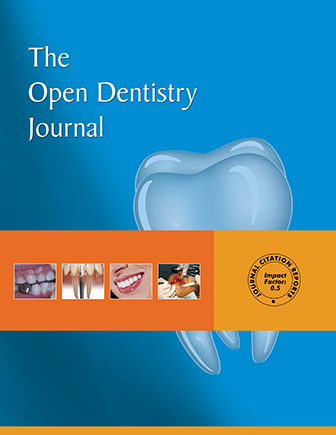All published articles of this journal are available on ScienceDirect.
New Classification of Crown Forms and Gingival Characteristics in Taiwanese
Abstract
Objectives:
The aim of the investigation was to examine the forms of the crowns in the maxillary anterior tooth segment and corresponding gingival characteristics among healthy Taiwanese subjects.
Materials and Methods:
The crown width at the apical third (CW), length (CL), gingival angle (GA) and the interdental papilla height were assessed from the diagnostic stone model using a calibrated periodontal caliper. A CW/CL-ratio was calculated for each tooth and averaged for each tooth region. Gingival thickness (GT) and width of keratinized gingiva (WG) were measured clinically.
Results:
The cluster analysis revealed 3 classifications of crown forms: narrow (N), compound (C) and square (S) types. There was a significant difference among the 3 classifications with respect to CW/CL-ratio, GT, and WG (p < 0.0001).
Conclusions:
The results demonstrated varied crown forms and corresponding gingival characteristics in Caucasian and Taiwanese. The new classifications hinted that there was a polymorphism in different races and could be a valuable esthetic guideline and reference for anterior tooth rehabilitation, including various periodontal and restorative treatments and anterior implant placement procedures in Taiwanese.


